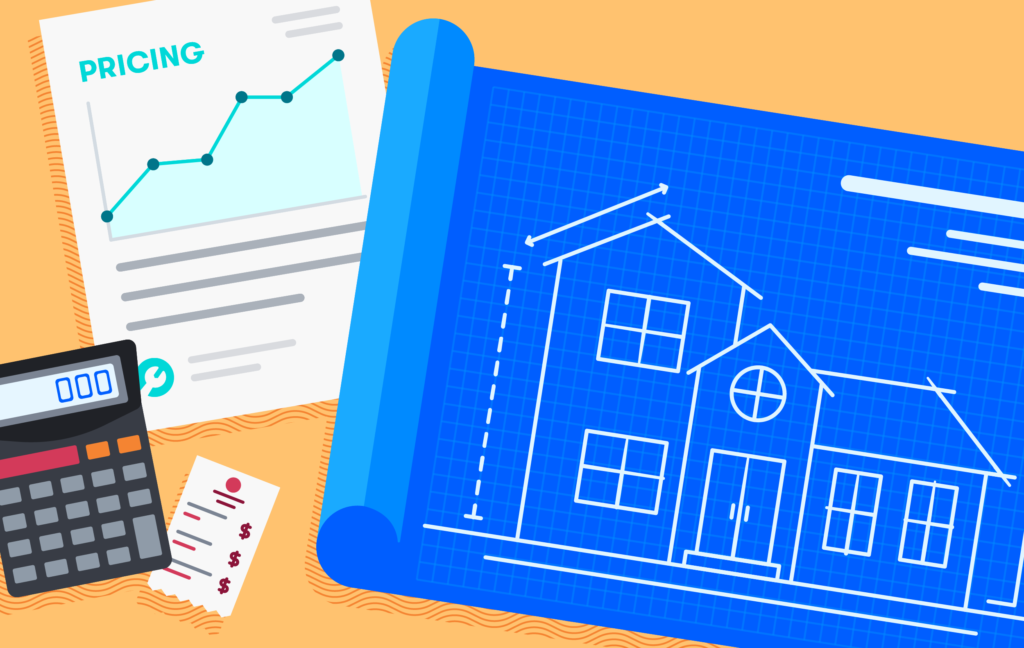July 28, 2025 | 2 Minute Read
Commercial real estate (CRE) construction costs rose another 0.2% in June and are expected to continue climbing into 2025. The result? An increasingly wide gap between America’s priciest construction markets and the rest of the country.

The top five most expensive U.S. markets by construction cost per square foot (PSF):
New York City – $534 PSF, now the most expensive construction market in the world.
San Francisco – Just over $500 PSF, the only other U.S. city to exceed the $500 mark.
Los Angeles – $445 PSF.
Chicago – $437 PSF.
Philadelphia – $428 PSF.
Other costly markets include Seattle, Boston, and Washington, D.C., all landing in the top 10 due to a mix of high labor costs, strict building codes, and environmental regulations. In total, nine U.S. markets now exceed $400 PSF, driven by local permitting delays and sustainability requirements that are reshaping development economics.
Why Are Costs Rising?
A combination of economic and political forces are behind the surge:
Trade policies and immigration restrictions are tightening supply chains and labor availability.
Material costs are rising sharply:
Aluminum: up 17% year-over-year
Copper: up 9.5%
Concrete piping: up 7%
Labor shortages persist in over two-thirds of U.S. markets.
Construction wages now average $70 per hour, the third-highest globally.
Industry confidence in labor availability is low: just 17% of respondents in Turner & Townsend’s recent report expect any improvement in the near term.
A Tale of Two Regions: Coastal Metros vs. Sun Belt Cities
While costs in New York and California continue to soar, Sun Belt cities like Houston, Dallas, Austin, and San Antonio remain comparatively affordable. These markets rank 18th or lower in construction cost rankings, thanks to more lenient regulations and lower labor rates.
But that affordability may not last. These same Sun Belt markets are projected to experience some of the highest cost increases in 2025 as labor shortages spread and developers bring in skilled workers from outside regions.
Construction Demand Remains Strong—For Now
Despite escalating costs, commercial development is still robust. In May, U.S. nonresidential construction spending hit $1.24 trillion, just below its all-time high—signaling that demand remains resilient.
Still, with ongoing inflation, workforce challenges, and global trade uncertainty, cost pressures are expected to intensify. Developers may soon need to adjust their strategies—prioritizing value-engineering, alternative materials, or location shifts—to maintain project viability.
What You Can Do To Protect Yourself
We always factor in the likelihood of higher-than-expected construction costs when underwriting deal and factor in an additional 10% contingency reserves on all projects.
As I have said in previous posts, having multiple exit strategies (e.g., retail or turnkey flip, buy and hold, and wholesale are extremely important options to consider if resale margins tighten.
